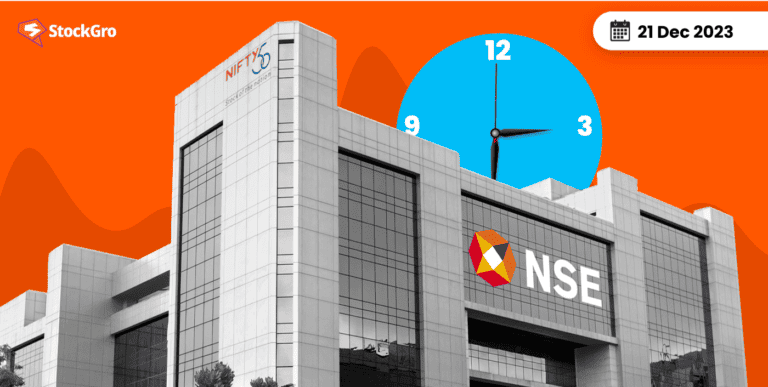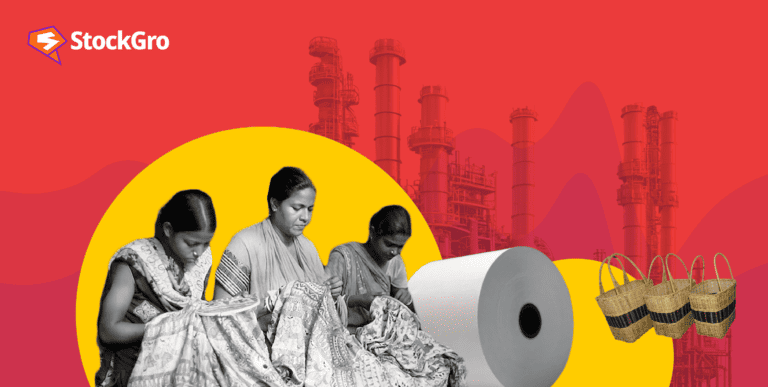
Table of contents
The healthcare industry in India has undergone significant transformations over the years, evolving from a basic healthcare system to a complex network of medical services and facilities. Today, it’s one of the largest sectors in the country, both in terms of revenue and employment.
In this article, we’re going to dive deeper into the industry and understand why it is the way it is.
Overview of the healthcare industry
The healthcare market in India is expected to reach a whopping $372 billion by the end of this decade, its growth being fuelled primarily by rising incomes, awareness about prevention of lifestyle diseases, and access to healthcare insurance. In terms of employment, the sector is expected to generate more than 2.7 – 5 million jobs per year.
The healthcare industry includes everything from hospitals and medical devices, to clinical trials and insurance. The growth in the industry is robust and almost unprecedented at 22% CAGR since 2016. It’s worth almost 2.2% of India’s GDP, up from 1.6% in FY21.
The COVID-19 pandemic catalysed the growth of the industry, creating long-term changes in peoples’ attitudes towards personal hygiene and proper medical care. Fitness, nutrition, reliable health insurance, and regular medical checkups have become the norm, and have accelerated the growth of innovation and digitalisation – including the development of telemedicine. India’s vaccines, (Bharat Biotech’s Covaxin and Oxford-AstraZeneca’s Covishield manufactured by SII) were instrumental in boosting revenues for the industry and boosting its reputation at the same time.
You may also like: The pharmaceutical industry in India and its contribution to the world
Employment, government support, and investments
INdia’s competitive advantage in healthcare is in the wide availability of trained medical professionals. There is a large pool of qualified practitioners in India registered with state and national medical councils. Reports say that the number of medical professionals increased from 0.83 million in 2010 to 1.3 million in 2021.
The exponential growth in the industry also comes from government support. India’s Union Budget for 2023-24 allocates ₹89,155 crore (US$10.7 billion) to the Ministry of Health and Family Welfare. The government also plans to introduce a credit initiative programme that’s worth more than half that budget to boost the domestic healthcare infrastructure.
Foreign investments into Indian healthcare have also helped the industry grow, and reports suggest that almost US$20 billion have flowed into India in healthcare funds from abroad in a 22-year time frame.
- 240 million Ayushman cards, which offer holders access to a network of public and private hospitals around India, have been issued to citizens to deter healthcare fraud, and ensure that beneficiaries receive adequate treatment.
- COVID-19 vaccinations have been at an all-time high, with more than 2.2 billion vaccinations made across the country.
- M&A activity worth US$4.3 billion was recorded in India in the first half of 2022.
- Medical education in India is also diverse and accessible, with more than 650 colleges registered as of May 2023.
- As part of the government’s initiative for a Digital India, more than 630 e-hospitals have also been established across the country. E-hospitals let people access an open source health information management system (HMIS) which is configurable and easily customizable.
- According to latest reports, Indian hospitals are also expected to be in the high growth phase, owing to capacity expansion across the nation.
Medical tourism
The Indian medical tourism industry is also very large, valued at roughly US$3 billion. It’s expected to reach US$13.42 billion by 2026. According to government reports, more than 700,000 foreign tourists visited India in 2023 for medical reasons.
India has been ranked tenth in the Medical Tourism Index (MTI) for 2020-21 out of 46 destinations by the Medical Tourism Association. With a US$ 5-6 billion size of Medical value travel (MVT) and 500,000 International patients annually, India is among the global leader destinations for international patients seeking advanced treatment.
Also Read: Torrent Pharmaceuticals Ltd.
Trading healthcare stocks in India
Here are some companies in the healthcare industry that you might want to consider investing in:
| Stock | Market cap (₹ cr) | Sector | Current price (₹) |
| Sun Pharmaceutical | 2,95,514 | Pharmaceuticals | 1232.15 |
| Cipla | 99,683 | Pharmaceuticals | 1236.20 |
| Apollo Hospitals | 77,545 | Hospitals and care | 5402.20 |
| Dr Reddy’s Labs | 92,994 | Pharmaceuticals | 5579.15 |
The future
The healthcare industry in India is very diversified and offers a lot of opportunities to both domestic and foreign investors. With an increase in domestic competition and foreign capital flow, the healthcare industry in India is forecasted to be worth more than $130 billion in the near future.
India is also a leading destination for the medical devices industry, especially for high-end diagnostic services with tremendous capital investment. Since this industry caters to billions of people in the country, there’s always a drive to make devices smaller, cheaper, and more efficient to make healthcare affordable for everyone.
The drive to make healthcare accessible, along with an increase in the country’s middle class, rising income levels, and more awareness about good healthcare is expected to create a boost in healthcare spending, which is almost always excellent news for investors.

